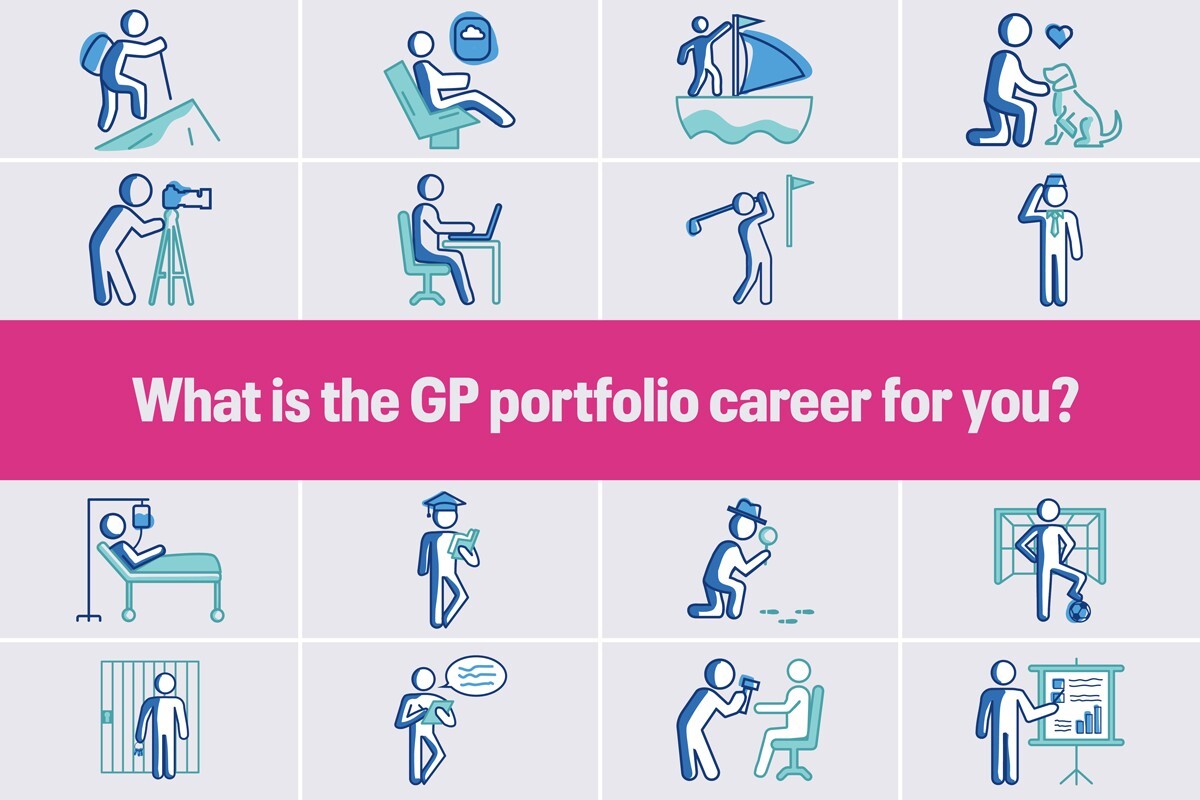Two-thirds of GPs disregard NICE advice to offer statins to more patients
Exclusive The majority of GPs are not complying with NICE advice that they should prescribe statins to more low-risk patients, a Pulse survey has revealed.
Two-thirds of GPs said they have not begun prescribing statins to patients who are newly eligible for the drugs since NICE lowered the risk threshold for primary prevention from a 10-year risk of 20% to 10%, in updated lipid guidance released over the summer.
The chair of the GPC prescribing committee told Pulse there should be ‘no.. slavish devotion’ to guidelines, while GPs indicated they have ongoing doubts there is enough evidence that the benefits of statins outweigh the harms in lower-risk people, and concerns around the increased workload and ‘medicalisation’ of healthy people.
NICE pushed through the lower 10% threshold when it published revised lipid modification guidelines in July this year, despite strong objections from the GPC on the grounds it was not evidence-based and could lead to increased consultations and medicalisation of healthy people to the cost of more needy, unwell patients.
Pulse’s survey of more than 560 GP respondents reveals that so far two-thirds – 66% – said they had not begun prescribing statins at the 10% risk threshold.
Related stories
NICE sticks to decision to offer statins to millions more people
Dr May Cahill, a GP partner in Hackney, east London, said: ‘I am not convinced they will do any good, the side-effects are horrific. Why give something to a patient that you would not take yourself nor recommend a family member or friend to?’
Among the 30% of respondents who said they have now started to prescribe statins to people at the new risk threshold, some indicated support for NICE’s position but others also said they were concerned not to stray from the guidance, despite having reservations about it.
For example, Dr Dominic Wood, a GP partner in Beaconsfield, Buckinghamshire, said: ‘[We are] advised to by NICE, don’t want to be left open for medico-legal negligence. Fear of complaints.’
The chair of NICE, Professor David Haslam, recently claimed the intention of the NICE lipid guidance was ‘never to put millions more patients on statins’, and pledged NICE advisors would in future request all trials data from pharmaceutical companies.
Dr Andrew Green, chair of the GPC’s clinical and prescribing subcommittee, said: ‘The important thing is that GPs continue to do what is in the best interests of their patients, using the NICE guidance as one of the sources of information they draw on to do this.
‘There has never been any dispute that some patients in the 10-20% range will be treated, and indeed some with a higher risk won’t – what is clear is that there should be no automatic prescribing based on slavish devotion to a simplistic mathematical model of risk.’
A NICE spokesman said: ‘Anyone, regardless of cholesterol level, can have their CVD risk reduced by statins. The issue is at what level that becomes cost-effective and sensible practice. Our view is that that level is at a 10% ten-year risk.
‘We acknowledge that clinical guidelines are not mandatory but they are authoritative, based on the best available evidence and we expect the NHS (including GPs) to take them into account whenever patients are being advised on disease prevention or management.
‘We are of course concerned that our guidance should carry the support of the professions. This survey should not be ignored but, given the small number of responses, nor should it be considered to represent the informed opinion of the GP community as a whole. Cardiovascular disease maims and kills people; our guidance will prevent many lives being destroyed.’
Survey results
Question: Have you begun prescribing statins to patients with a 10-year CV risk of 10% or higher?
Yes – 174 (31%)
No – 374 (66%)
Don’t know – 16 (3%)
About the survey: Pulse launched this survey of readers on 10 October 2014, collating responses using the SurveyMonkey tool. The 24 questions asked covered a wide range of GP topics, to avoid selection bias on any one issue. The survey was advertised to readers via our website and email newsletters, with a prize draw for a Samsung HD TV as an incentive to complete the survey. As part of the survey, respondents were asked to specify their job title. A small number of non-GPs were screened out to analyse the results for this question. This question was answered by 564 GPs.
Visit Pulse Reference for details on 140 symptoms, including easily searchable symptoms and categories, offering you a free platform to check symptoms and receive potential diagnoses during consultations.












